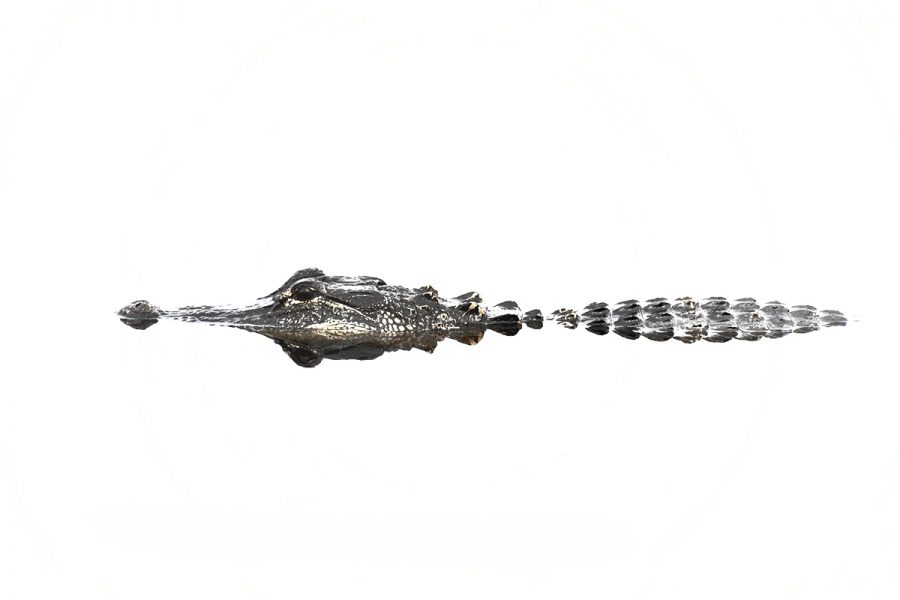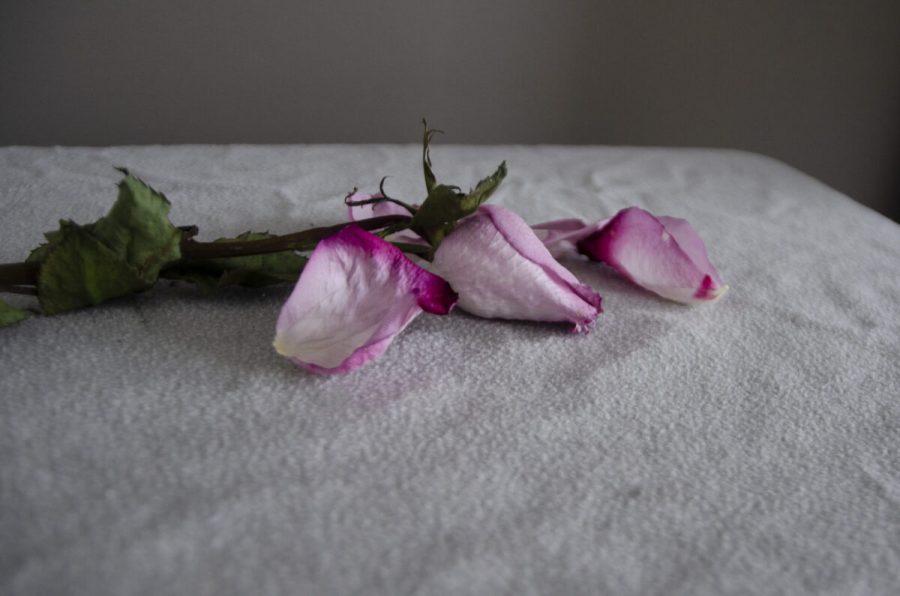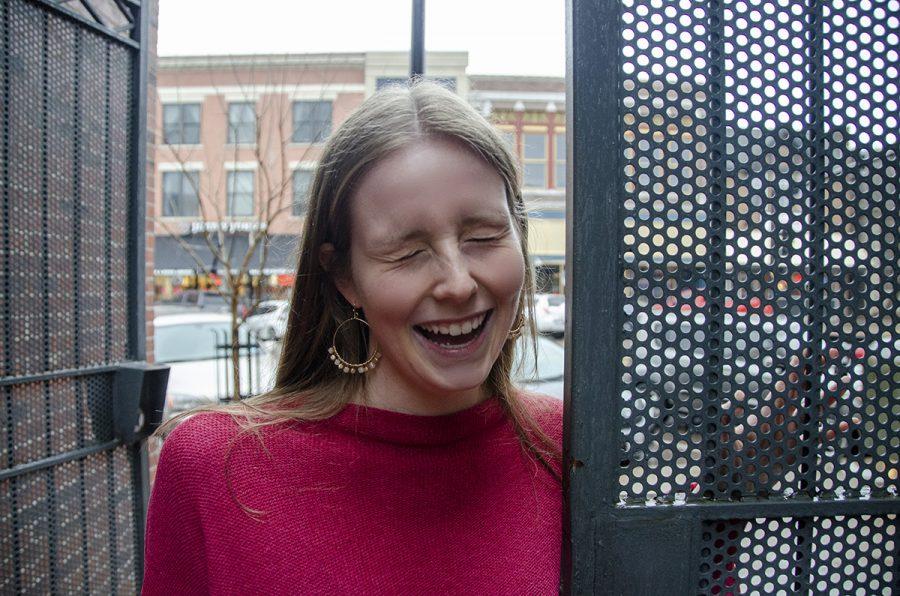Soon after Hurricane Michael, the first Category 5 hurricane to strike the contiguous United States since 1992, disrupted the Florida Panhandle during mid-October of last year, my dad’s job sent him there for months. He works for State Farm to help handle catastrophe insurance claims resulting from natural disasters.
An extended weekend in early November gave my family the opportunity to travel to Florida to spend time with him. We made the long road trip all the way to Panama City, and the five of us, including my mom, dad, brother, sister and I, stayed together in a small hotel room.
During our visit we walked along beaches, birdwatched, photographed hurricane damage and stopped at wildlife reserves. My siblings enjoy looking for wildlife, specifically birds. One day we decided to check out Saint Mark’s National Wildlife Refuge in search of new species of birds we hadn’t seen before. Through the lenses of our cameras and binoculars, we scanned the area outside of the car window. As the car slowly rolled near a marsh, my sister spotted a vibrant orange male Vermillion Flycatcher. In the midst of our excitement our heads turned at the sound of resounding splash close to the road.
A massive alligator had emerged from the soggy vegetation a few feet from the car. Obviously, Alligators aren’t native to Missouri, so a wild gator encounter was new for us. Florida provides a hot marshy ecosystem suitable for gators that Missouri doesn’t offer. We stayed in eyesight of the enormous alligator for a long time believing this would be the only one we’d see, but we weren’t aware of how populated the area was. As we continued down the road, we saw nearly 15 gators partially submerged in the water throughout the refuge.
In all their uniqueness, alligators piqued my interest in the boundary lines of suitable habitats for a species. Alligators look foreign, with their prehistoric dinosaur-like characteristics, in comparison to the wildlife I’m accustomed to seeing. It’s surprising they live in the same country as me. I wondered how far north from the Florida Panhandle one would have to travel before he or she would stop seeing gators.
As I researched factors of suitable habitats, I began questioning the human habitat. Animals have a specific criteria their ecosystem must meet in order to thrive. Does that exist within humans? I learned gators require a spacious body of freshwater, a temperature above 70 degrees, an open area to bask in the sun and some vegetation to hide underneath for prime survival. I know humans have an average internal body temperature of about 98.6, but we’ve advanced to a point where we can acclimate ourselves to nearly any climate. After pondering what the human habitat might look like, I came to the conclusion that the ideal human terrain is dependent on the individual.
My life experiences up to this point have helped me discover more about myself and what environment suits me best. I don’t like crowded cities, cold temperatures or spontaneity, but I do enjoy unpopulated towns, warm weather and a structured schedule. I’m figuring out my habitat, which conditions allow me to thrive.
Traveling in urban and rural regions, I’ve learned I am most at peace in a rustic community. The isolation from society and solitude from the busyness of life prevalent in rural living calms and inspires me. Being surrounded by nature rather than skyscrapers is freeing and relaxing. This is what I discovered about myself, but every human is different.
There are many other aspects of a habitat to consider as well: land or water, living large or minimalism, structured or spontaneous, mellow or energetic, socially active or time to self.
Another facet of my personality I noticed is my dependency on structure. As a freshman I kept up with my planner and wrote down all of my assignments and due dates. I even wrote down reminders to breathe. I always went by my schedule. Inevitably high school became harder and busier, keeping up with my planner and managing my assignments became more of a challenge. Homework due dates became more flexible in my mind, and spontaneously hanging out with friends was a more frequent occurrence. My life felt more chaotic when I stopped keeping up with my schedule as if I was all of a sudden losing control of my time. The constant overwhelming surge of stress experienced in high school taught me I respond better to a structured lifestyle.
Noting these tidbits about my personality and analyzing my preferences helped me put together what my imaginative optimal habitat would be like: I’d live in solitude, surrounded by nature, in a warm climate, and I’d follow an organized schedule. Understanding these characteristics helped me to set myself up for success.
Self discovery like this forces you to be observant. Sometimes I think animals are lucky with their predetermined precedents for success. I Imagine how much simpler it might be if humans all had the same required habitat criteria. We could all work together to cultivate a community where we flourish collectively. While the idea of conformity sounds appealing, it is our uniqueness that allows for diversity and creativity. Perhaps humans are the lucky ones, blessed with individuality. We have the ability to create our own boundaries and manipulate factors of our own environment, so we should use that to propel our productivity and shift our focus to aspects of life that bring us joy.
Experimenting with different ways of life in my youth has helped me to identify my ideal human habitat. With this knowledge I can function efficiently and successfully. Practicing mindfulness in the natural biome that surrounds me helps ease my mind and makes me feel at home. Operating according to an organized schedule provides me with a sense of control in my life. By implementing my environmental preferences, I’m setting myself up for success. As of this year, I finally found my habitat, the place I feel most at home.
What does your habitat look like? Let us know in the comments below.


















































































